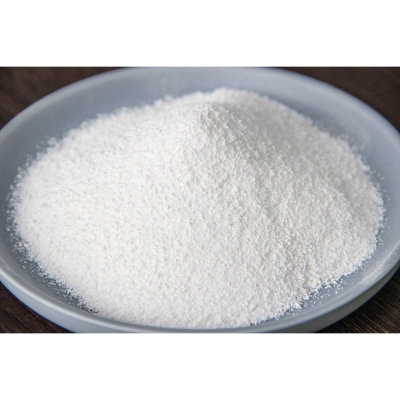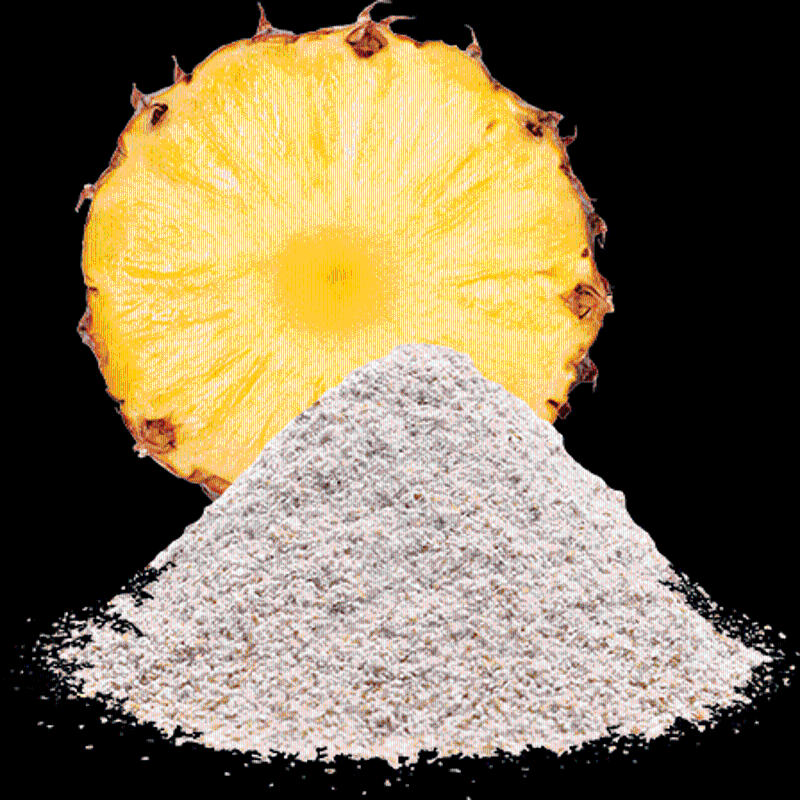-
Categories
-
Pharmaceutical Intermediates
-
Active Pharmaceutical Ingredients
-
Food Additives
- Industrial Coatings
- Agrochemicals
- Dyes and Pigments
- Surfactant
- Flavors and Fragrances
- Chemical Reagents
- Catalyst and Auxiliary
- Natural Products
- Inorganic Chemistry
-
Organic Chemistry
-
Biochemical Engineering
- Analytical Chemistry
-
Cosmetic Ingredient
- Water Treatment Chemical
-
Pharmaceutical Intermediates
Promotion
ECHEMI Mall
Wholesale
Weekly Price
Exhibition
News
-
Trade Service
RT-qPCR is a relatively practical technique for detecting low-copy RNA.
● RNA molecules of interest may be present in low copy numbers due to the quality of the sample or cell type itself, or the low level of expression of the RNA itself
● The sample itself is a limiting factor, and samples such as frozen or preserved FFPE tissue may be irreplaceable or very rare, so it is critical to obtain reliable RT-qPCR data
● RNA loss may also occur during long-term storage
● Regulatory proteins such as transcription factors have strong effects on cell function, but may also be expressed at low levels
● Some RNA molecules such as non-coding RNAs (pre-miRNA, miRNA, lncRNA, etc.
Detection of these RNAs of interest can be difficult using traditional techniques
The efficiency of reverse transcriptase is one of the major limiting factors for the sensitivity of RT-qPCR
The sensitivity of PrimeScript Reverse Transcriptase is well documented, for example, according to the literature, the enzyme can detect 10-21 mol of miRNA in the total RNA pool, and the specificity of the enzyme can distinguish between mismatches containing single bases miRNAs
The following summarizes the literature on RT-qPCR detection of challenging RNA samples using PrimeScript Reverse Transcriptase
viral RNA
Detection of influenza A virus in mouse lung tissue: Zou, Q.
The H5N1 avian influenza A virus is highly pathogenic and more information is needed on how to induce a broad range of cytotoxic T lymphocyte responses to H5N1 inactivated vaccines
Long non-coding RNAs (lncRNAs)
PrimeScript RT Master Mix (Perfect Real Time) for analysis of lncRNAs: Mizutani, R.
The authors used bioinformatics methods to identify novel lncRNA molecules that may be involved in the genotoxic stress response and investigated expression patterns by RT-qPCR using PrimeScript RT Master Mix (Perfect Real Time) (Code No.
miRNA and pre-miRNA
PrimeScript Reverse Transcriptase for detection of 10-21mol miRNA: Yao, B.
The authors report the development of a sensitive and specific isothermal branch amplification (RAM) real-time assay for the quantification of miRNAs that can accurately quantify miRNAs in total RNA samples without further enrichment
PrimeScript RT reagent Kit for analysis of pre-miRNAs: Tang, Y.
, et al.
Genome-wide analysis reveals diversity of rice intronic miRNAs in sequence structure, biogenesis and function.
PLoS ONE 8, e63938 (2013).
While most miRNAs are located in intergenic regions, some exist in introns (in-miRNAs)
.
The authors discovered novel in-miRNA molecules in rice and analyzed pre-miRNA molecules by endpoint RT-PCR using the PrimeScript RT reagent Kit (Code No.
RR037)
.
Frozen or FFPE samples
PrimeScript RT reagent Kit for analysis of human myometrium and uterine leiomyoma (frozen and FFPE samples): Makino, K.
, et al.
Inhibition of uterine sarcoma cell growth through suppression of endogenous tyrosine kinase B signaling.
PLoS ONE7, e41049
To better understand the modulation of uterine leiomyosarcoma, an aggressive tumor resistant to many treatment options, the authors assessed brain-derived neurotrophic factor (BDNF) and receptor tyrosine kinase B (TrkB) and expression of its ligands in clinical samples of uterine tissue
.
The PrimeScript RT reagent Kit (Code No.
RR037) was used for qRT-PCR analysis of the expression levels of TrkB and its ligands in frozen samples of myometrium and leiomyomas and FFPE samples of leiomyosarcoma
.
Low-copy mRNA: Transcription factor
PrimeScript Reverse Transcriptase for analysis of transcription factor expression: Yamamoto, M.
, et al.
Shared and distinct functions of the transcription factors IRF4 and IRF8 in myeloid cell development.
PLoS ONE 6, e25812 (2011).
Interferon regulatory factor (IRF) 8 and IRF4 are hematopoietic cell-specific transcription factors that control dendritic and B cell differentiation
.
Using PrimeScript Reverse Transcriptase (Code No.
2680) for RT-qPCR, the authors investigated the expression patterns of IRF4 and IRF8 themselves, as well as several macrophage-related genes previously known to be regulated by IRF8
.
PrimeScript Reverse Transcriptase is a highly sensitive and specific recombinant reverse transcriptase without RNaseH activity.
It is a reverse transcriptase developed by Takara based on RTase derived from M-MLV (Moloney Murine Leukemia Virus)
.
Takara has designed and developed kits with different functions based on PrimeScript reverse transcriptase, which are summarized in the following table
.
During the Spring Promotion of Takara products, the above products are all heavily discounted
RNA extraction + reverse transcription + qPCR blockbuster low-cost set, cost-effective choice
.
There is also a triple gift (order gift + membership gift + full gift gift) activity, and a dazzling array of gifts are waiting for you
.







